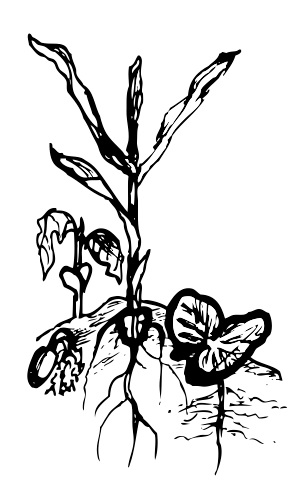“First, do no harm.”
“Every land use decision we make will have a positive or negative effect on the land in our care. We strive to understand and preserve existing elements that benefit the whole ecosystem––indigenous plants and soils, wildlife corridors and habitat, riparian buffers and watershed drainage, mature trees and shrubs. We minimize the use of inputs that impact existing local ecosystems, such as fertilizer and water, and avoid adding any toxic materials to the land in your care.” - NOFA Organic Landcare Program
recognizing and Connecting Ecologies
Observation and recognition of different types of ecologies is essential to a successful, beautiful landscape. If we observe and learn what kind of ecology nature expresses in that area, we can work with the plants that will most like to be there. “Right plant, right place”, this increases our chances for success, and the resilience of the natural environment. We are looking to create the most sensible pathways from one ecology to another, connecting them with native plantings as we go.
Pollinator gardens, Rain Gardens Forest Management and meadows
One of the most powerfully good things we can do for the environment is to support the life at the bottom of the food chain - the ones that are foundational to the ones at the top of the food chain - us. We often group these essential insects and microbes under the term “pollinators”. To do this, we mimic the variety of conditions that the natural ecosystem wants to express, maintain forested areas, and emphasize native plants in our design and plantings. Let’s fill out a “nectary calendar” so that we know there will be flowers blooming in Spring, Summer and Fall.

